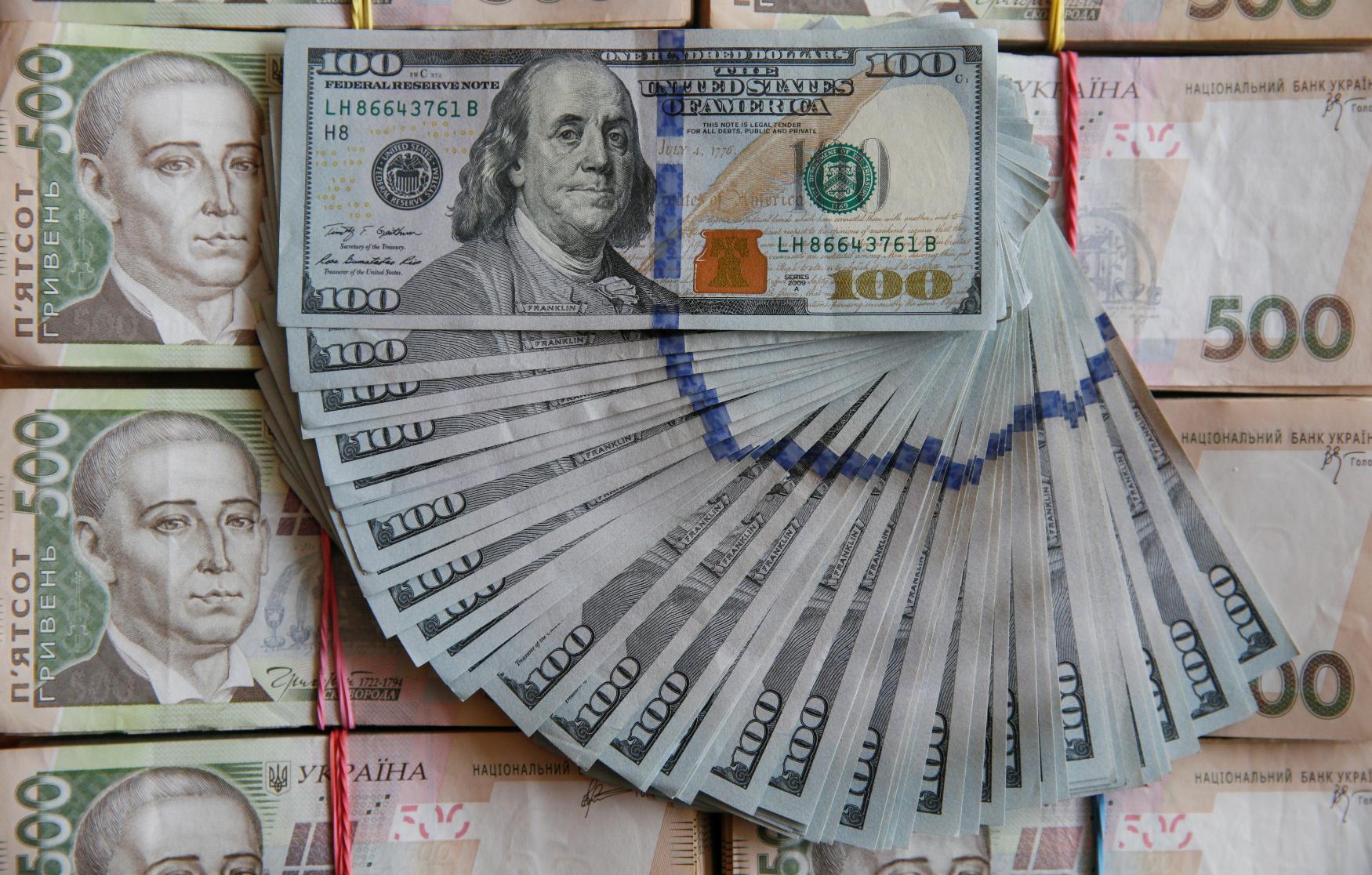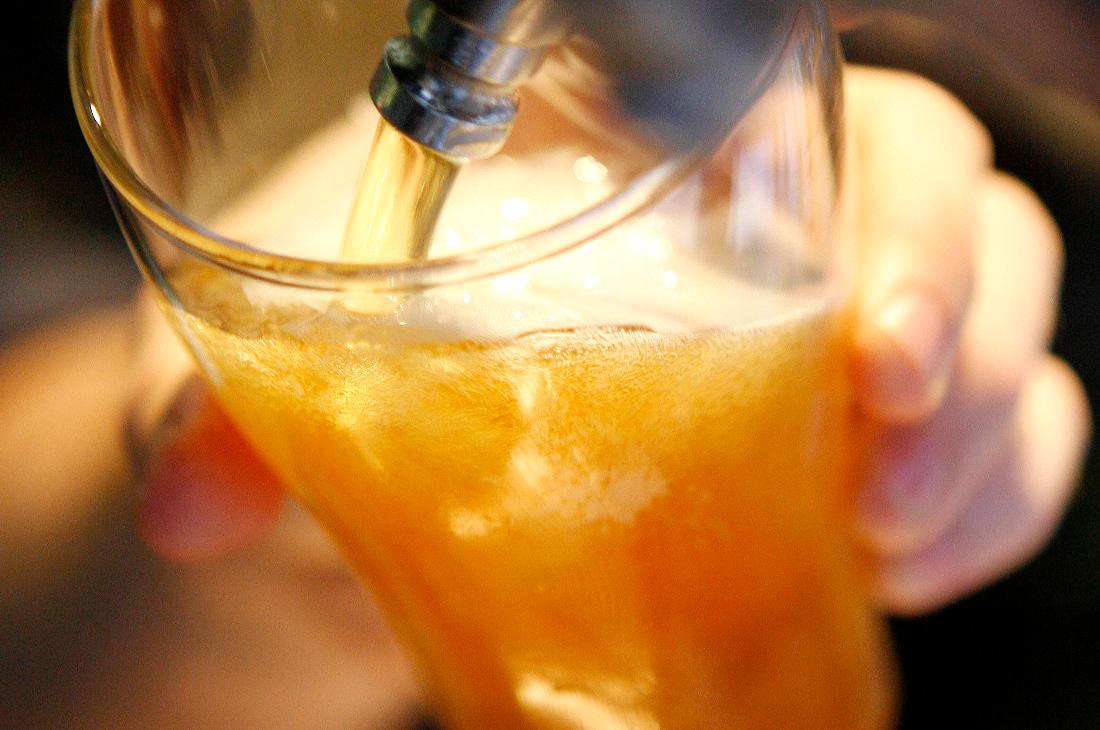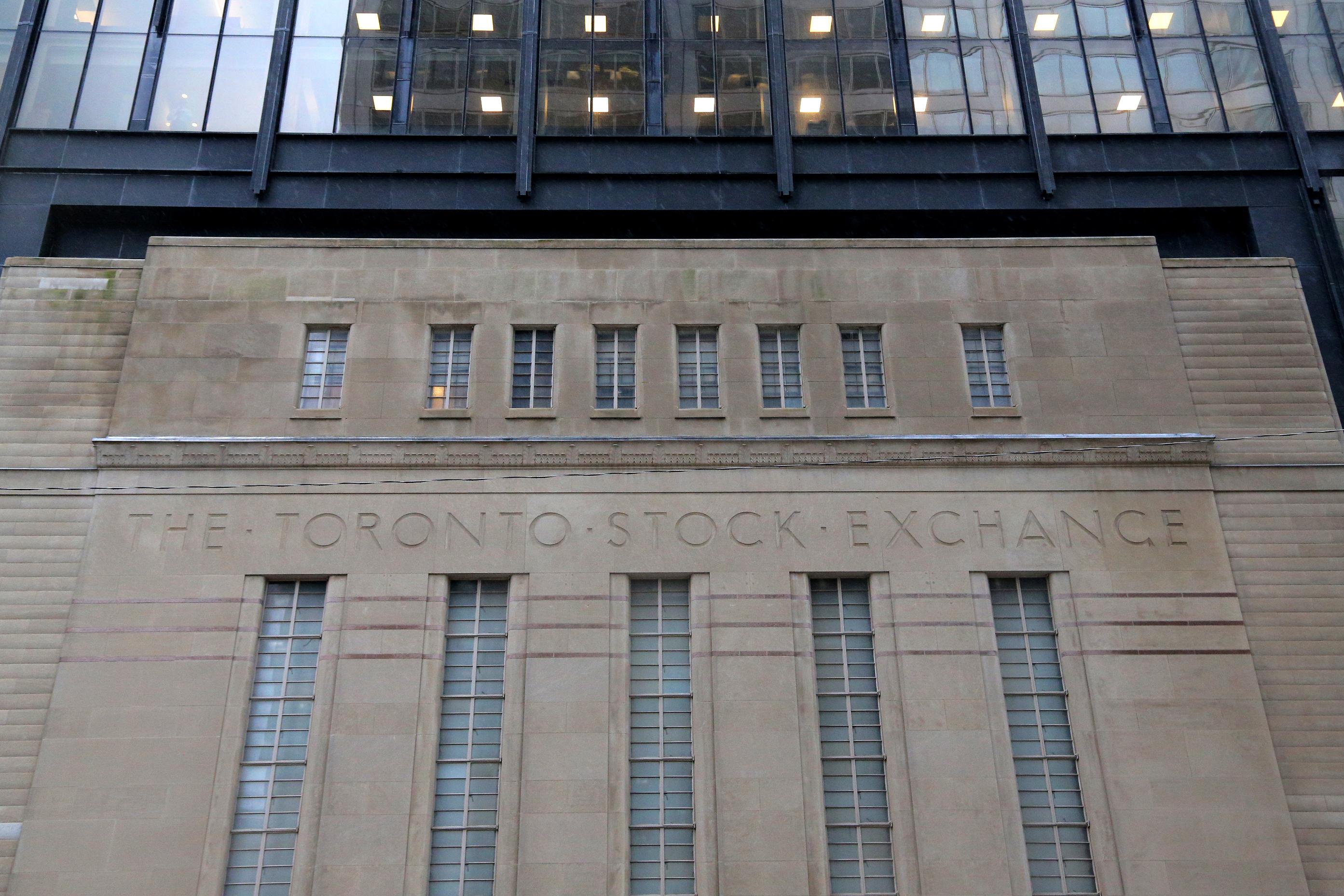
2024-09-05 21:34
LONDON, Sept 6 (Reuters) - Ratings agency Fitch gave Ukraine's newly-restructured international bonds a deep-into-junk 'CCC' rating on Thursday, and kept the war-torn country's overall foreign currency score in "selective default". It said the CCC score reflected the "still substantial credit risk given the protracted nature of the war" and its expectations that Kyiv will have huge fiscal deficits of 17.5% of gross domestic product this year and 15.3% in 2025. There is also uncertainty about what happens beyond 2025, "partly due to the US electoral cycle, potential donor fatigue, residual risks over EU financing plans", it added. Last month's restructuring involved over $20 billion of Ukraine's mainly dollar-denominated international debt. It is the second restructuring in a decade the country has been forced to undertake in the wake of a Russian invasion. The previous one was in 2015 following the annexation of Crimea. Fitch forecasts it will lower Ukraine's general government debt ratio to 89.6% of GDP, compared to its pre-structuring projection of 92.5%. It also kept Ukraine's long-term foreign currency (LTFC) rating - which effectively governs its access to international capital markets - at "restricted default" because Kyiv still plans to restructure a few billion dollars worth of separate commercial debt instruments called warrants. "Ukraine's LTFC IDR will remain 'RD' until Fitch judges the exchanges have been completed and relations with a significant majority of external commercial creditors are normalised," it said. It did however upgrade Ukraine's "local-currency" rating to 'CCC+' from 'CCC-'. Kyiv is still making payments on its hryvnia-denominated bonds as they are predominantly held by the country's mostly state-owned banks. The International Monetary Fund has also begun the fifth review of its lending programme to Ukraine which, if successful, would help the country secure $1.1 billion in new financing in the coming months. The funding will reduce risks to Ukraine's macroeconomic and financial stability in the near term, Fitch said. Sign up here. https://www.reuters.com/markets/currencies/fitch-upgrades-ukraines-local-currency-rating-ccc-2024-09-05/

2024-09-05 21:22
SYDNEY, Sept 6 (Reuters) - A recent slump in sales means Sydney liquor store owner Louise Dowling has to work an additional 40 hours a week to make up for the staff she had to let go, as a prolonged cost of living crisis in Australia drives more people to drink less. "Without the foot traffic, without the sales, you don't have the money to employ extra people," said Dowling at her P&V Wine + Liquor Merchants store in Enmore, a popular dining and nightlife suburb. "Everyone's trying to tighten their belts, including us." After a surge in sales propelled by pandemic lockdowns and unused savings, Australia's alcohol industry is in its sharpest downturn in memory as more people cut back on discretionary spending and turn to healthier ways to relax. In the year to June, alcohol sales grew just 0.7%, the slowest pace in at least a quarter century, according to Australian Bureau of Statistics (ABS) data, and even that small increase was more likely due to rising prices, as alcohol sales volumes fell 3.9% in the same period. Australia is one of the world's wealthiest countries per capita and one of its highest-spending on alcohol per capita, and the slowdown coincides with a decade-long decline in the number of people who drink globally, due to health concerns or just personal choice. The effects of these downtrends were on display in the year-end earnings posted by alcohol sellers this month. The second-largest alcohol retailer by sales, supermarket giant Coles, (COL.AX) , opens new tab, said its liquor store profit fell 21%, largely due to a decline in discretionary spending, while the biggest wine producer Treasury Wine (TWE.AX) , opens new tab also reported a 7% drop in its mid-range unit's profit, partly due to "soft consumption trends" in Australia and Britain. Endeavour (EDV.AX) , opens new tab, the biggest liquor store and pub owner by sales, bucked the trend with a meagre 1.8% increase in pre-tax profit, but was downgraded by analysts after it said retail sales rose just 0.6% in the first six weeks of the 2024/5 financial year. Tom Kierath, an analyst at investment bank Barrenjoey, said that before the pandemic, alcohol companies benefited by marketing more expensive products, and then during some of the world's longest lockdowns, the same firms saw a surge in people stocking up their cellars. But as inflation soared after the pandemic, two years of soaring bills for housing, energy and petrol have left drinkers looking to spend less, he added. "People are looking to save money now, and in a bunch of consumer categories people are downgrading," he said. "Alcoholic drinks is no different." Australia's biggest brewer by volume Asahi (2502.T) , opens new tab, (3333.T) , opens new tab, maker of beer fridge staples including Victoria Bitter and Carlton Draught, said in a half-year update its operating profit in Australia and New Zealand fell 11.7% and cut its full-year profit forecast for the region to 1.7% growth from 9% growth. HEALTHIER, CHEAPER While alcohol remains infused in the social life and identity of Australians, researchers say they expect the abstinence trend to grow over the next few years. The Australian alcohol market shrank 3% from 2022 to 2023, the most among major markets such as China, the United States and Britain, according to data shared by industry researcher IWSR which forecasts the Australian market to grow just 1% a year, on average, until 2028. Cost is certainly a factor, said IWSR research director for Asia Pacific Sarah Campbell. The government levies inflation-indexed tax hikes on alcohol producers twice a year, and this, along with rising costs of labour and ingredients, among other things, means companies are no longer in a position to absorb these increases so pass them on to the consumer, she said. "Australian drinkers remain in down-trading mode," Campbell added. Health concerns, which became more heightened after COVID, are also driving more people away from drink. Data shared by the Australian Institute of Health and Welfare, a government body, showed that while the number of people who drink frequently has declined slightly, those who don't drink at all jumped to 23.1% of the population in 2023 from 16.4% in 2001. Michael Livingston, an alcohol policy researcher at Curtin University, said the jump in abstinence began a decade ago with teenagers who were consumed with "stress about the state of the world and their lives". "That generation is now ageing into the peak drinking years," he said. Alcohol producers and retailers had fought against this trend by targeting their marketing to various groups of drinkers but "there's not many avenues open to them at this point to maintain profitability at the level they were", Livingston added. Melbourne blogger Natalie Battaglia, who started posting non-alcoholic drinks recipes on Instagram account The Mindful Mocktail in 2020, said her followers jumped from 120,000 to 586,000 in the past 18 months due to interest in becoming "sober curious". About one-third of her followers are aged 18 to 25. "This growing focus on health and wellness, alongside the financial pressures from the cost of living crisis, suggest that demand may not return to pre-downturn levels," she said. Sign up here. https://www.reuters.com/business/retail-consumer/cash-strapped-consumers-are-giving-australias-liquor-makers-headache-2024-09-05/

2024-09-05 20:35
Tesla gains on plans to launch full self-driving in Europe, China Frontier Communications falls following Verizon acquisition deal JetBlue jumps after Q3 revenue forecast Indexes mixed: Dow down 0.54%, S&P 500 down 0.30%, Nasdaq up 0.25% NEW YORK, Sept 5 (Reuters) - The benchmark S&P 500 index and the Dow ended lower in choppy trading on Thursday after a short-lived boost from a string of economic reports faded and investors eyed key jobs data due on Friday. The Nasdaq finished slightly higher. Markets were edgy ahead of the release of the comprehensive nonfarm payrolls data - which will likely set the stage for the Federal Reserve to begin cutting rates later this month. Earlier in the session, Wall Street's main indexes gained as reports helped allay concerns of labor market deterioration. The Institute for Supply Management survey showed services sector activity expanded in August while jobless claims declined last week, according to Labor Department data. Eight out of 11 S&P 500 sectors lost ground, led by declines in healthcare (.SPXHC) , opens new tab and industrial (.SPLRCI) , opens new tab stocks. The consumer discretionary sector (.SPLRCD) , opens new tab led the gainers, driven partly by Tesla (TSLA.O) , opens new tab. "The markets have been on this risk-on risk-off roller coaster because it's watching the data as the Fed has said 'we're going to watch the data,'" said Wasif Latif, president and chief investment officer at Sarmaya Partners in Princeton, New Jersey. "The market is watching the data to get a sense of what the economy is looking like in terms of the landing scenario and what that means for interest rate policy from the Fed." September has been historically weak for U.S. equities, with the S&P 500 down about 1.2% for the month on average since 1928. The index is down more than 2.5% so far this week and tech stocks (.SPLRCT) , opens new tab have fallen about 4.8%. In August, U.S. private employers hired the fewest workers since January 2021 and data for the prior month was revised lower, potentially hinting at a sharp labor market slowdown, according to the ADP National Employment Report. "The market wants some softness in the data, but it's like a narrow pathway because the equity market in our view is priced for a soft landing or a no landing scenario whereas the bond market, given the rate cut expectations, is bit more priced for a recession," Latif added. The Dow Jones Industrial Average (.DJI) , opens new tab fell 219.22 points, or 0.54%, to 40,755.75, the S&P 500 (.SPX) , opens new tab lost 16.66 points, or 0.30%, to 5,503.41 and the Nasdaq Composite (.IXIC) , opens new tab gained 43.37 points, or 0.25%, to 17,127.66. Tesla (TSLA.O) , opens new tab gained nearly 5% after the electric-vehicle maker said it will launch its full self-driving advanced driver assistance software in the first quarter next year in Europe and China, pending regulatory approval. Frontier Communications (FYBR.O) , opens new tab slumped 10% after Verizon (VZ.N) , opens new tab said it would buy the company in an all-cash deal worth $20 billion. Verizon shares dipped 0.4%. JetBlue Airways (JBLU.O) , opens new tab jumped 7% after the carrier raised its third-quarter revenue forecast. The S&P 500 posted 42 new 52-week highs and 9 new lows while the Nasdaq Composite recorded 43 new highs and 136 new lows. Total volume across U.S. exchanges was about 10.6 billion shares, down slightly from a 20-day moving average of 10.7 billion shares. Sign up here. https://www.reuters.com/markets/us/futures-subdued-caution-prevails-ahead-jobs-data-2024-09-05/

2024-09-05 20:34
TSX ends down 0.2% at 22,988.28 Canada's services economy contracts in August Energy sector falls 1.5% Consumer discretionary ends 1.6% lower Sept 5 (Reuters) - Canada's main stock index ended lower for a third straight day on Thursday, as the recent decline in oil prices weighed on energy shares and investors awaited U.S. employment data for potential signs of an economic slowdown. The Toronto Stock Exchange's S&P/TSX composite index (.GSPTSE) , opens new tab ended down 52.48 points, or 0.2%, at 22,988.28, adding to its declines on Tuesday and Wednesday. "Equities are struggling for direction ahead of a key (U.S.) jobs report," said Angelo Kourkafas, a senior investment strategist at Edward Jones. "There are some growth concerns ... We are back into the mode of bad news being bad news and good news being good news and that's the lens through which the market and investors are going to interpret tomorrow's data." The U.S. and Canadian employment reports for August are due for release on Friday. A step-down in U.S. hiring in July rattled investors and fanned concerns that a recession was stalking the economy. Data on Thursday showed that Canada's services economy contracted for a third straight month in August as firms employed less workers and wildfires contributed to a slowdown in new business. The energy sector fell 1.5% as the price of oil held near its lowest level this year. Industrials were also a drag, falling 0.8%, and consumer discretionary ended 1.6% lower. In contrast, consumer staples added 0.6% and heavily weighted financials were up 0.2%. The sector was helped by a gain of 1.4% for the shares of Canadian Imperial Bank of Commerce (CM.TO) , opens new tab as the lender named Jon Hountalas vice chair of North American banking. Sign up here. https://www.reuters.com/world/americas/tsx-futures-rise-commodity-boost-us-data-tap-2024-09-05/

2024-09-05 20:31
Sept 5 (Reuters) - The U.S. on Thursday imposed sanctions on two companies and two vessels linked to Russia's Arctic LNG 2 project, Washington's latest step to add costs on Moscow for its invasion of Ukraine. The Arctic 2 project, 60% owned by Russia's Novatek (NVTK.MM) , opens new tab had been due to become Russia's largest liquefied natural gas plant with eventual output of 19.8 million metric tons per year of LNG from three trains. Novatek may be forced to scale back the project following a a raft of U.S. sanctions including ones imposed in August. The U.S. Treasury said it had imposed sanctions on Gotik Energy Shipping Co and Plio Energy Cargo Shipping. Treasury said Gotik is the registered owner and Plio Energy is the commercial manager of the liquefied natural gas carrier New Energy. The U.S. State Department said New Energy used deceptive shipping practices, including shutting off its automatic identification system, to load cargo from the U.S.-sanctioned Arctic LNG 2 project. That was done via a ship-to-ship transfer on Aug. 25, 2024, with Pioneer, a vessel blocked by the United States earlier in August. The ship-to-ship transfer suggests Moscow has managed to continue some exports from the project. The U.S. Treasury added New Energy and an additional vessel managed and operated by Plio, called Energy Mulan, to its designated list, which means their assets are blocked and U.S. persons are prohibited from dealing with them. "The U.S. government will continue to answer attempts to operationalize the sanctioned Arctic LNG 2 project or otherwise expand Russia's energy capabilities with a swift response," U.S. State Department spokesperson Matthew Miller said in a statement. Reuters could not immediately find contacts for Plio and Gotik. Sign up here. https://www.reuters.com/markets/commodities/us-imposes-sanctions-companies-vessels-linked-arctic-lng-2-2024-09-05/

2024-09-05 20:30
Sept 5 (Reuters) - The Matterhorn natural gas pipeline in Texas was moving small amounts of gas from the Permian basin in West Texas toward the Gulf Coast, executives at U.S. energy company Permian Resources (PR.N) , opens new tab said at the Barclays CEO Energy-Power Conference earlier this week. The Matterhorn is the biggest gas pipe under construction that is capable of moving gas that has been trapped in the Permian basin, causing prices at the Waha Hub in West Texas to turn negative a record number of times this year. As more gas flows through the Matterhorn, analysts and executives at Permian Resources said Waha gas prices should more consistently price in positive territory. "The Matterhorn is on line and moving little bits of gas," Permian Resources executives said, noting the pipe should be "moving a real amount of gas in the next few months and we're hoping to at least see Waha turn positive." Officials at the Matterhorn Express venture were not immediately available for comment. Gas prices at the Waha hub have averaged below zero a record number of days so far in 2024, including an all-time low of minus $4.80 per million British thermal units (mmBtu) on Aug. 29, as pipeline and other constraints trap gas in the nation's biggest oil-producing basin. That was the 10th time Waha prices averaged below zero in August and was a record 33rd time so far in 2024. Waha prices first averaged below zero in 2019. It happened 17 times in 2019, six times in 2020 and once in 2023. "Spot Waha has not been a fun place to sell gas over the past few months," executives at Permian Resources said at the conference. "We would like to sell gas at more than zero." In the past, Matterhorn Express projected the 490-mile (789-km) pipe capable of moving up to 2.5 billion cubic feet per day (bcfd) of gas from the Permian to the Gulf Coast, could enter service in the third quarter of 2024. Matterhorn Express is a joint venture between units of WhiteWater, EnLink Midstream (ENLC.N) , opens new tab, Devon Energy (DVN.N) , opens new tab and MPLX (MPLX.N) , opens new tab, according to WhiteWater's website. Sign up here. https://www.reuters.com/markets/commodities/texas-matterhorn-natgas-pipe-moving-some-gas-say-permian-resources-executives-2024-09-05/
